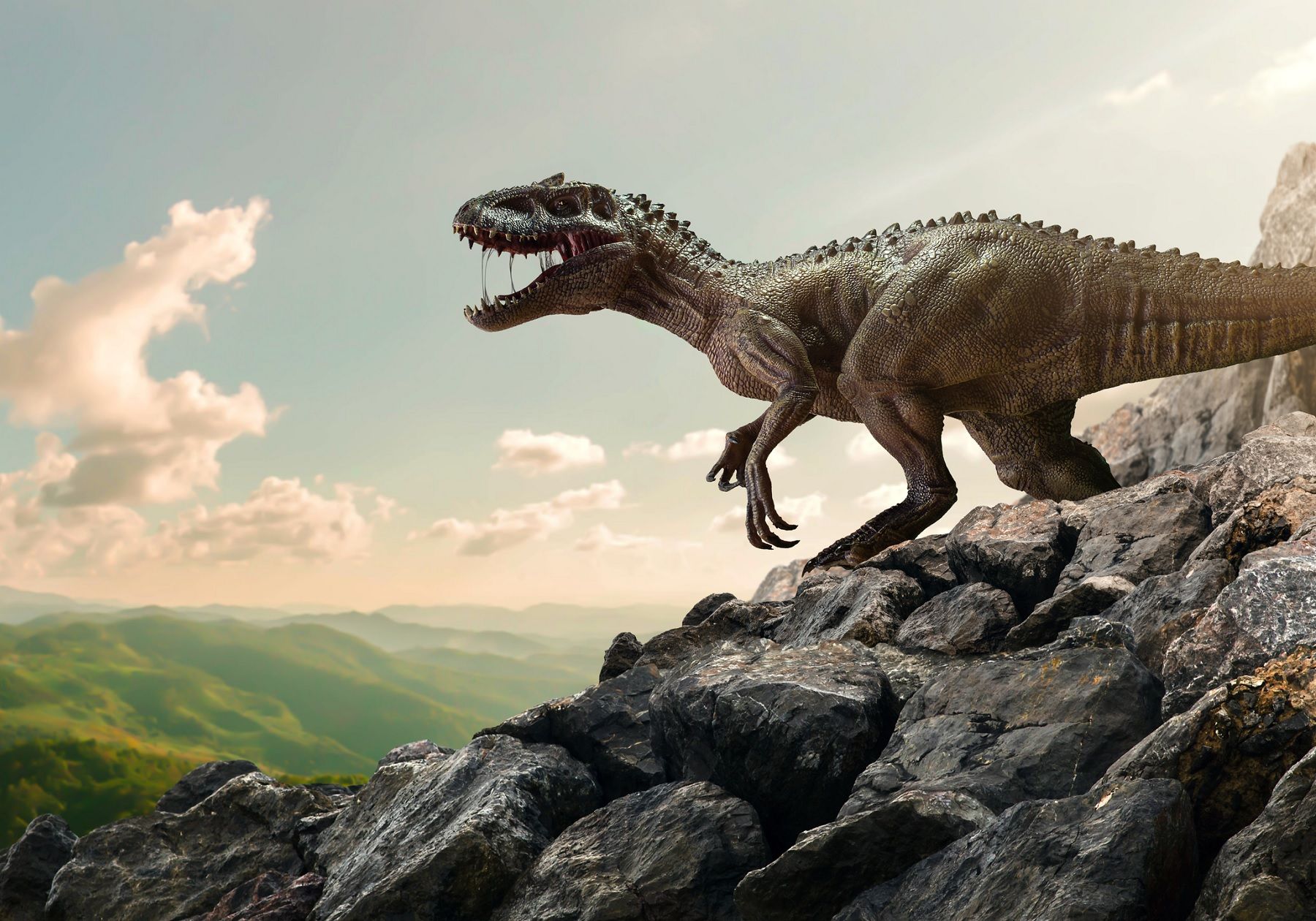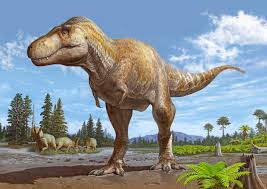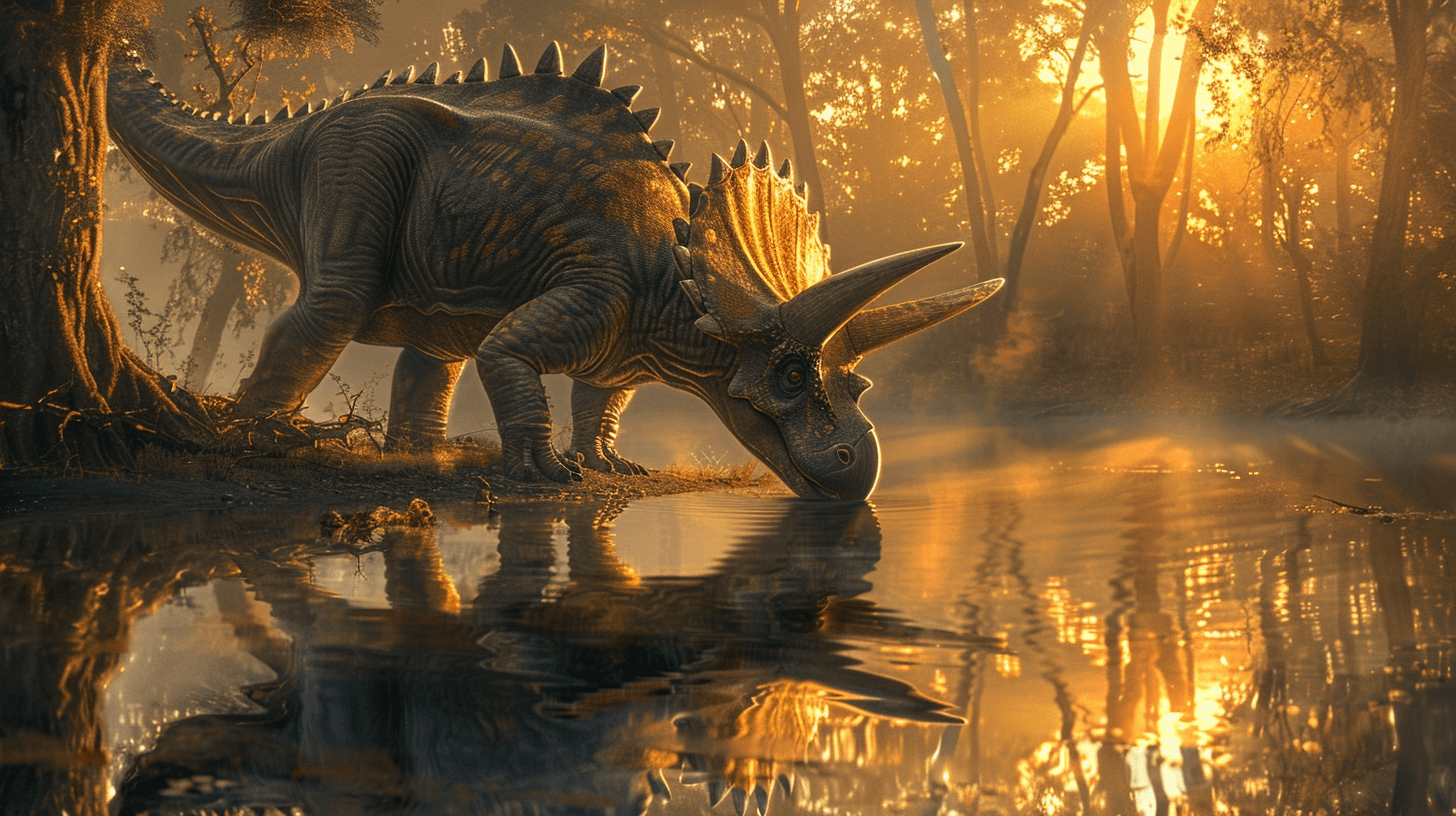Average Dinosaur lifespan
The lifespan of dinosaurs varied widely across different species,
with some living relatively short lives while others enjoyed lifespans comparable
to modern-day large mammals and reptiles. Small theropods, such as Compsognathus,
likely had shorter lifespans, living around 10 to 20 years due to their rapid growth
rates and smaller size. In contrast, large sauropods like Apatosaurus and Brachiosaurus
might have lived much longer, with some estimates suggesting they could reach ages of
70 to 100 years. These long-lived giants benefited from their massive size, which likely
protected them from many predators once they reached adulthood, allowing them a slower
growth rate and extended lifespan similar to modern-day large tortoises and whales.
Several factors influenced the lifespans of dinosaurs, including their
metabolism, growth patterns, and environmental conditions. Studies of dinosaur bones
reveal growth rings similar to those of trees, which provide insights into their age
and growth rates. Some dinosaurs exhibited rapid juvenile growth followed by a
plateau in adulthood, a pattern seen in modern birds and reptiles. Additionally,
environmental factors such as climate, availability of food, and predation pressures
played significant roles in determining the overall lifespan of these ancient creatures.
While exact ages can be difficult to determine, the combination of paleontological evidence
and comparisons to modern animals helps scientists paint a clearer picture of how long these
fascinating creatures roamed the Earth.



